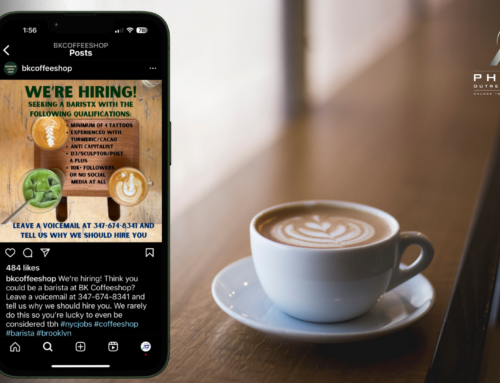As Simon Sinek famously says, “People don’t buy what you do; they buy why you do it.”
In marketing, this principle translates into a powerful tool: storytelling. But not just any storytelling—strategic storytelling centered around why a brand exists and the characters that embody its purpose.
Two excellent examples of this approach are Chick-fil-A’s Red Couch series and Frost Bank’s Unexpectedly True Stories campaign. These brands are not talking about what they sell but rather the deeper why behind their actions—focusing on the characters who reflect their values and the relationships they build in their communities.
Chick-fil-A’s Red Couch Series: Celebrating Kindness
Chick-fil-A’s Red Couch series is a shining example of how to embrace Sinek’s philosophy of leading with the why. In this campaign, real people sit on a red couch in different locations, sharing stories of kindness that have brought their communities closer together. There is no mention of menu items, restaurant specials, or even Chick-fil-A’s service. Instead, the focus is on why these stories of kindness matter—to create a community that cares for one another, aligning perfectly with Chick-fil-A’s values of hospitality and service.
Through these stories, Chick-fil-A subtly conveys that its why goes beyond serving chicken; it’s about creating spaces where people can connect and where kindness is fostered. This approach doesn’t sell a product—it sells a shared belief in making the world a little better through everyday interactions.
Frost Bank’s Unexpectedly True Stories: Connecting through Community Engagement
Frost Bank’s Unexpectedly True Stories campaign takes a similar approach, focusing on the human connections fostered by its employees. These stories don’t highlight interest rates or financial products; instead, they show Frost Bank’s why—to be a positive force within the community. The bank’s employees are portrayed as integral members of their neighborhoods, changing flat ties for nuns, redelivering deposits made to the wrong bank, and building relationships based on trust and support.
Frost Bank isn’t selling banking services in these ads—it’s selling the idea that why they exist is to uplift their community and be a dependable, caring neighbor. This storytelling approach taps into the emotional core of their audience, inviting them to see Frost as more than just a bank but as a community partner with shared values.
Why Character-Driven Storytelling is Effective
In both cases, the heart of the storytelling lies in character. Chick-fil-A and Frost Bank focus on real people and authentic relationships, which align with their larger why—to make positive impacts in their communities. By centering on character and not the products or services themselves, these brands convey their deeper purpose, building emotional connections with their audience that go beyond a transactional relationship.
As Simon Sinek points out, it’s not the what that truly resonates—it’s the why. When brands like Chick-fil-A and Frost Bank lead with their values and show how those values manifest through the people they engage with, they build loyalty, trust, and long-lasting emotional bonds.
Final Thoughts
Character-driven storytelling is not just about what a brand offers; it’s about the bigger why that drives their mission. Chick-fil-A’s Red Couch series and Frost Bank’s Unexpectedly True Stories exemplify how focusing on the people and relationships that define your brand can resonate more deeply than any product-centric campaign. In a world where consumers crave authenticity, brands that lead with character and a clear sense of purpose will stand out and build lasting connections.
For a deeper dive into these campaigns, explore Chick-fil-A’s Red Couch series here and Frost Bank’s Unexpectedly True Stories here.






